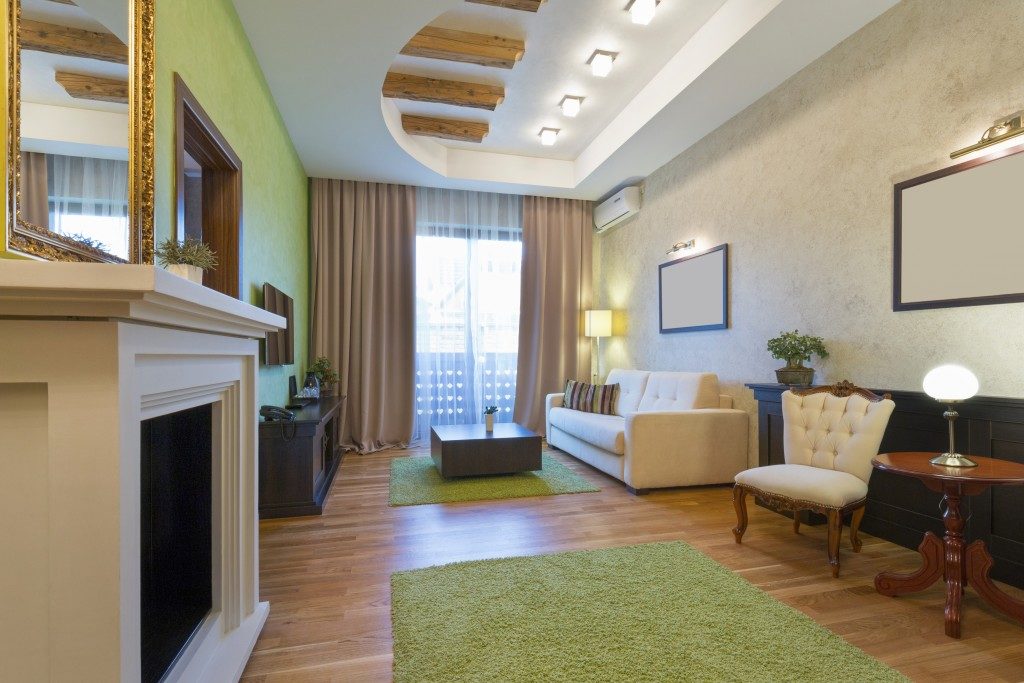So you’ve decided that a particular room in your home needs some sprucing up or a nice change of ambiance. A fresh coat of paint can do a lot to make a place feel cleaner and more conducive to stay in, whether you want a more vibrant space or a relaxing nook. Before you put on your painting outfit and get to work, though, there are a few things you should do to make sure that the area is prepped well and it’s smooth sailing from there. Here are some examples:
Clean up the surface
Before you even start priming, the most important step for you to take is to clean your walls thoroughly. Doing this is especially important if you’re repainting a surface that has an old coat on it. Grime and dirt have undoubtedly built up over the years, and there are a lot of substances and other patches that can accumulate on the walls that can make it much harder for your new paint to adhere and even go on smoothly.
Get yourself a bulk of rags and get to cleaning up. You only need to do a wipe down if you find that there isn’t much excessive dirt on the surface. However, if you have any pets and there are a lot of cobwebs and the like that you haven’t cleared out, a more thorough cleaning would be in order. Get some warm water, mild detergent, and dip your cleaning rags into them so that you can get all the oils, fur, and dust that could mar your painting process.
Arrange any existing furniture in the room
It will add unnecessary difficulty to your project if you constantly have to maneuver around furniture, so if you can move them out of the area, do it before you start painting. For any furniture that is too big to remove from the room, move it aside to a far spot and keep them together so that you have more blank space to move around in.
Doing this is also crucial so that you avoid getting paint on things that you never wanted to paint anyway. For the items that are still in the room, it may be best to cover them with a sheet.
Remove wall hangings and cover outlets

Wall hangings are blockage and can hamper your paint strokes. Plus, it can be harder to paint around them without getting any stains on whatever you’ve got propped on. So if you can remove them, do so before painting, then reattach them when you’re done.
As for outlets, it’s best to turn off the power for safety, especially if you plan on painting over the outlet itself. If you can’t turn off the power, cover the outlet up with tape and make sure that it is done efficiently and securely so that you can avoid getting paint onto it and into the wiring. That can cause overheating, damage, and even sparks that can be dangerous. If you want to paint your outlets, make sure there is no power and that you remove the cover plate. It’s also best to do a light coat.
Take note not to skip these steps. Otherwise, you might run into problems in the middle of your painting project that cost you more time and money.


